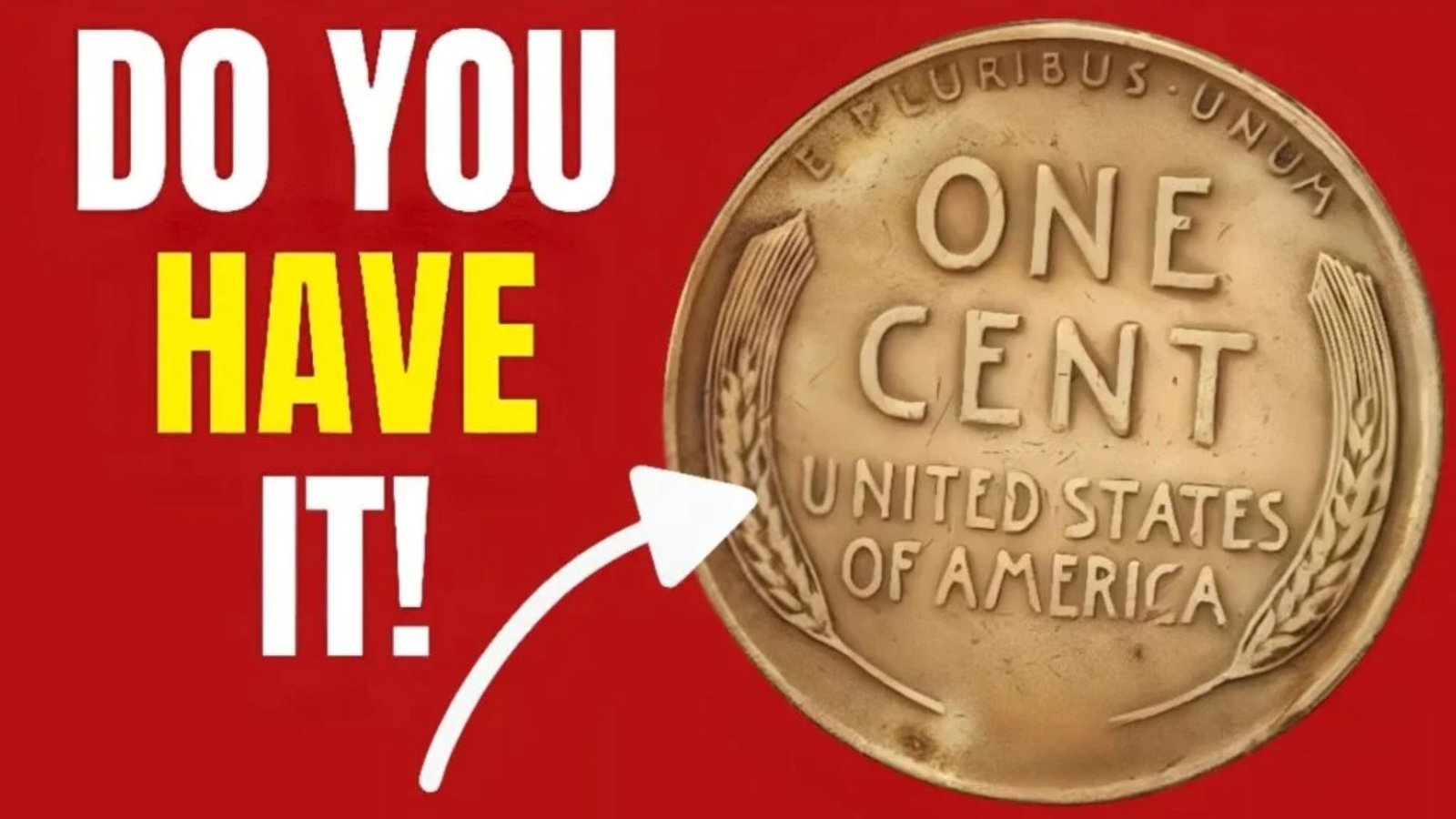Imagine finding a penny in your pocket worth millions! The Lincoln Wheat Penny, a small coin with a big story, could be that treasure. Some rare versions are still out there, waiting to be discovered. Read on to uncover its history, value, and how to spot one!
What Is the Lincoln Wheat Penny?
The Lincoln Wheat Penny, minted from 1909 to 1958, is a one-cent U.S. coin featuring Abraham Lincoln’s portrait. Its reverse shows two wheat stalks, giving it the “Wheat Penny” name. Prized by collectors, rare versions like the 1943 bronze penny can fetch millions.
A Glimpse into Its History
Introduced in 1909 to honor Lincoln’s 100th birthday, this coin was the first to feature a real person, designed by Victor David Brenner. The “VDB” initials on early coins sparked controversy, leading to their temporary removal. During WWII, copper shortages led to unique steel pennies in 1943.
The VDB Controversy
In 1909, Brenner’s bold “VDB” initials on the reverse caused public outcry for being too prominent. The U.S. Mint removed them mid-year, making 1909-S VDB coins rare. Only 484,000 were minted in San Francisco, driving their value sky-high.
Wartime Changes
In 1943, copper was needed for the war, so pennies were struck on steel planchets. A few bronze planchets were accidentally used, creating the ultra-rare 1943 bronze penny. Similarly, 1944 steel pennies emerged from leftover planchets, adding to the coin’s lore.
Why It’s a Numismatic Treasure Today
Lincoln Wheat Pennies are numismatic gems due to their rarity and historical significance. Coins like the 1909-S VDB, 1914-D, and 1943 bronze command high prices. Their value lies in low mintages, errors, and condition, making them a collector’s dream.
Most Valuable Lincoln Wheat Pennies
| Year | Mint Mark | Error/Variety | Estimated Value | Auction Record |
|---|---|---|---|---|
| 1943 | D | Bronze | $1.7M–$3.3M | $3.3M (2010) |
| 1909 | S | VDB | $700–$168,000 | $168,000 (2022) |
| 1914 | D | None | $200–$158,625 | $158,625 (2018) |
| 1955 | None | Doubled Die | $1,000–$114,000 | $114,000 (2018) |
How to Find and Collect These Coins
Start by checking pocket change, old jars, or inherited collections. Look for key dates like 1909-S VDB, 1914-D, or 1931-S. Use a magnifying glass to spot errors like doubled dies or missing mint marks. Visit coin shops or online platforms like eBay to buy.
Authentication Tips
Beware of counterfeits! For high-value coins like the 1943 bronze, use a magnet test—authentic bronze won’t stick. Professional grading services like PCGS or NGC can verify authenticity and condition, boosting your coin’s value.
Notable Lincoln Wheat Penny Records
The 1943-D bronze penny sold for $3.3 million in 2010, one of the highest numismatic sales ever. A 1909-S VDB in mint condition fetched $168,000 in 2022. These records show why collectors chase these coins, hoping to find a rare gem.
Key Dates and Mintage Numbers
| Year | Mint Mark | Mintage | Rarity Level |
|---|---|---|---|
| 1909 | S VDB | 484,000 | Extremely Rare |
| 1914 | D | 1,193,000 | Very Rare |
| 1931 | S | 866,000 | Rare |
| 1922 | No D | Unknown | Extremely Rare |
Expert Tips for Coin Collectors
- Focus on Condition: Uncirculated coins with red luster fetch higher prices.
- Learn Key Dates: Memorize rare years like 1909-S VDB, 1914-D, and 1931-S.
- Use Magnification: Spot errors like doubled dies or overmint marks.
- Get Coins Graded: Professional grading enhances value and trust.
- Join Numismatic Communities: Connect with collectors on forums or at coin shows.
Frequently Asked Questions
Q: Are all Wheat Pennies valuable?
A: Most are worth a few cents, but rare dates and errors can be worth thousands or millions.
Q: How do I know if my penny is rare?
A: Check for key dates, mint marks, or errors like doubled dies. Professional grading helps.
Q: Can I still find these coins in circulation?
A: Yes, though rare, some Wheat Pennies remain in old collections or change.
Q: What’s the rarest Lincoln Wheat Penny?
A: The 1943-D bronze penny, with only one known, is the rarest and most valuable.
Conclusion
The Lincoln Wheat Penny is more than pocket change—it’s a piece of history with the potential for massive value. From the 1909-S VDB to the 1943 bronze, these coins captivate collectors. Start hunting, learn the key dates, and you might uncover a numismatic treasure! Share your finds or join a coin club to dive deeper.

